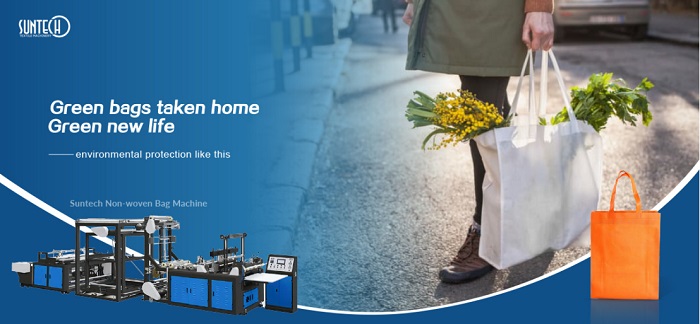The Basel Convention, which entered into force on January 1, 2021, stipulates that the export of difficult-to-recycle plastic waste such as dirty plastic bottles should be restricted. This has forced Japan, one of the contracting states, to start recycling plastic waste in the country.
Like the United States and Germany, Japan is a major exporter of plastic waste, with an export volume of 1.43 million tons in 2017. Regarding plastic waste, Japan has always adopted the method of exporting it abroad, which may cause marine pollution in the receiving country due to improper disposal.
At present, the Japanese government has stepped up to improve the domestic recycling system. For the unified recycling of household plastic waste, in addition to packaging containers such as food trays, toys and other products have also been added to increase the total amount of unified recycling and recycling.
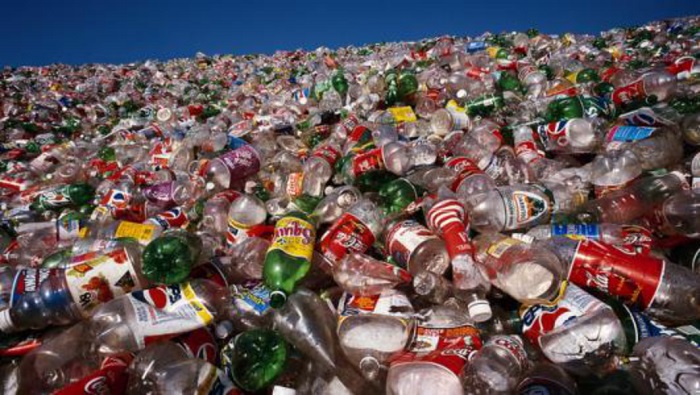
This shows that the global load on plastic waste has reached its limit. In the future, more countries may have to recycle plastic waste to reduce waste pollution. In addition to disposing of plastic waste, plastic should also be reduced from the source. China is currently restricting plastics.
At the end of 2020, Beijing, China formally issued and implemented the "Beijing Plastic Pollution Control Action Plan (2020-2025)" (referred to as "10 Plastic Limits").
The “10 Plastic Restrictions” put forward specific requirements for the city’s plastic pollution control from ten aspects, focusing on six key industries including catering, takeaway platforms, wholesale and retail, e-commerce express delivery, accommodation and exhibition, and agricultural production to strengthen plastic reduction efforts. Beginning in 2021, Beijing will ban the production and sale of disposable foamed plastic tableware and disposable plastic cotton swabs. The catering industry in the city will ban the use of non-degradable disposable plastic straws. The packaging ratio of "slim tape" in express outlets will reach 90%, and recycle transit bags. The utilization rate is over 95%.(Click to share to Facebook)
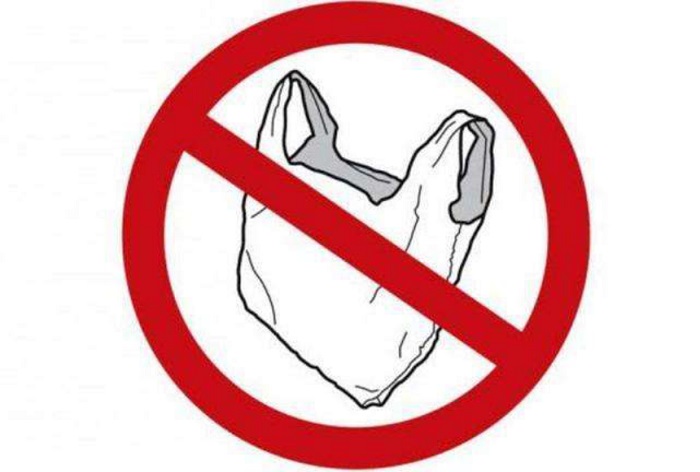
Non-degradable plastic bags are prohibited for take-out (including dine-in packaging) services in Beijing's built-up areas, and non-degradable plastic bags are prohibited in retail stores such as shopping malls, supermarkets, pharmacies, and bookstores (including retail distribution services provided by stores or e-commerce). By the end of 2022, non-degradable plastic packaging bags, disposable plastic woven bags, etc. will be banned from express delivery outlets in the city, and recycle transit bags will basically be fully covered; by the end of 2025, non-degradable plastic tapes will be prohibited in express outlets throughout the city.
After the restrictions on plastics, the use of plastic bags is restricted, making it very inconvenient to go shopping. Non-woven bags are very popular for a while because they are light, durable, and cheap, and they have become a must for residents to go out.
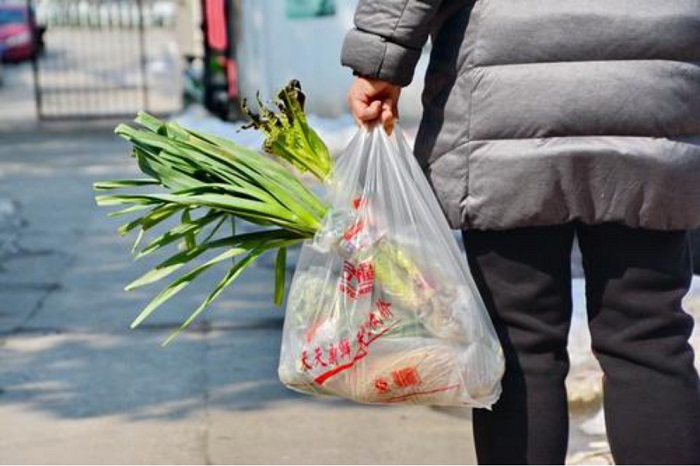
What is a non-woven bag?
The material of the non-woven bag is non-woven fabric, also called non-woven fabric. It is composed of oriented or random fibers. It is a new generation of environmentally friendly materials. It is moisture-proof, breathable, flexible, light, non-combustible, easy to decompose, non-toxic and non-toxic. It is irritating, colorful, inexpensive, and recyclable. Most of them use polypropylene pellets as raw materials, and are produced by a continuous one-step method of high-temperature melting, spinning, laying, and hot-pressing. It is called cloth because of its appearance and certain properties.
Non-woven bags are not only tough and durable, beautiful in appearance, good air permeability, reusable, washable, non-toxic, non-irritating, natural decomposable, non-toxic, odorless, and without any leftover substances when burned, and do not pollute the environment. It is recognized internationally as an environmentally friendly product that protects the earth's ecology.
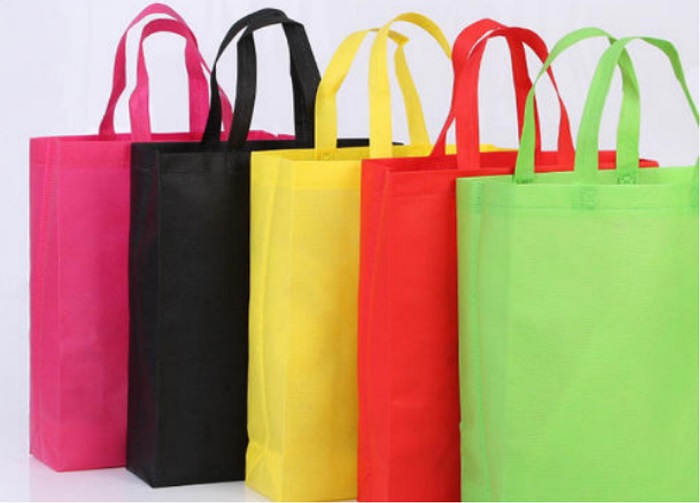
Non-woven bag process
Non-woven bags break through the traditional textile principles, and have the characteristics of short process flow, fast production speed, high output, low cost, and multiple sources of raw materials.
There are two common manufacturing processes for non-woven environmental protection bags: ultrasonic heat sealing and seam sewing. These two processes have their own advantages, depending on which workmanship the customer likes.
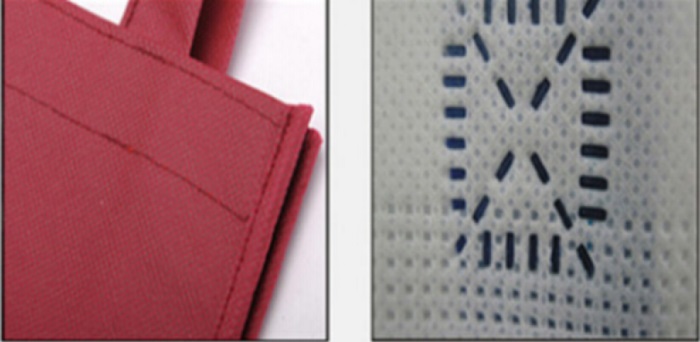
The double-needle seam process of the non-woven environmental protection bag (default is no cross or back stitch), strong and durable, good load-bearing, but sometimes the seam will be uneven, easy to leak stitches, the production cycle is slower than the ultrasonic heat sealing time, Suitable for making small batches of non-woven environmental protection bags.
Compared with the seam process, the ultrasonic heat sealing process has finer workmanship. Because the machine automatically generates the corner line according to the mold, the specifications are more uniform, and there will be no broken joints and seam distortion. When the non-woven environmental protection bags are produced in large quantities, for example, the quantity reaches more than 10,000, the production cost is much lower than the cost of seam, and the production speed is higher than the seam speed.
At the same time, the non-woven environmental protection bag produced by ultrasonic technology, the belt part and the line around the bag can be used to press the pattern with a mold. The variety of patterns is rich, and the product looks more beautiful. However, the ultrasonic heat-sealing non-woven environmental protection bag is worse than the seam-sewn non-woven bag in terms of bearing weight.
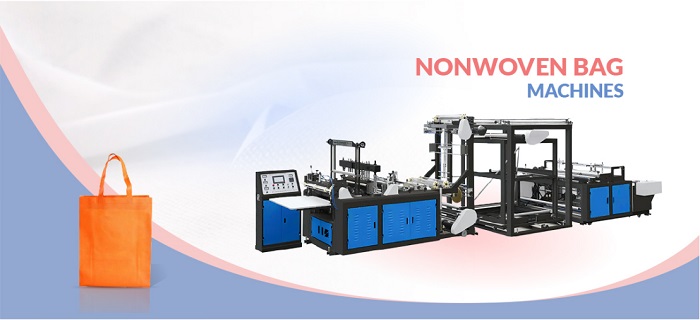
At present, after the limitation of plastics, the demand for non-woven bag production has increased significantly. There is a huge gap in non-woven bag machines, but there are not many companies specializing in the production of non-woven bag machines. Suntech is committed to the manufacture of non-woven bag machines with the "precise workmanship" standard and 50 years of technical precipitation and design experience to help the environmental protection cause. Welcome to inquire in detail.
